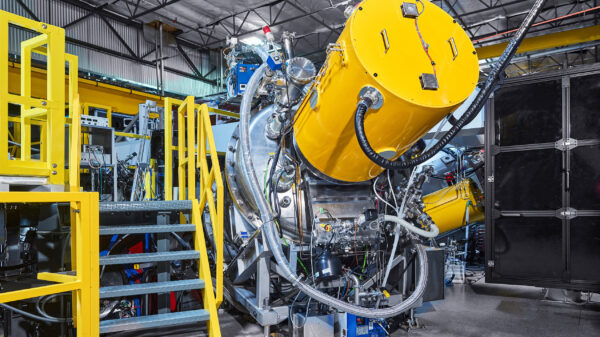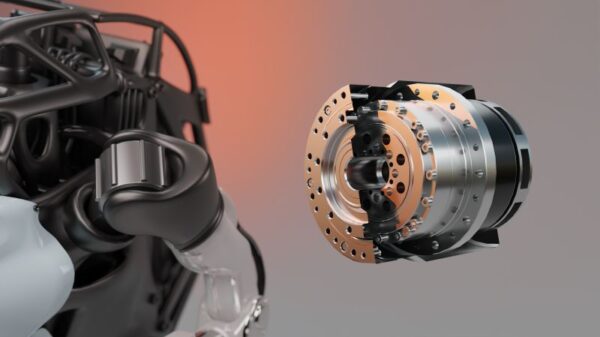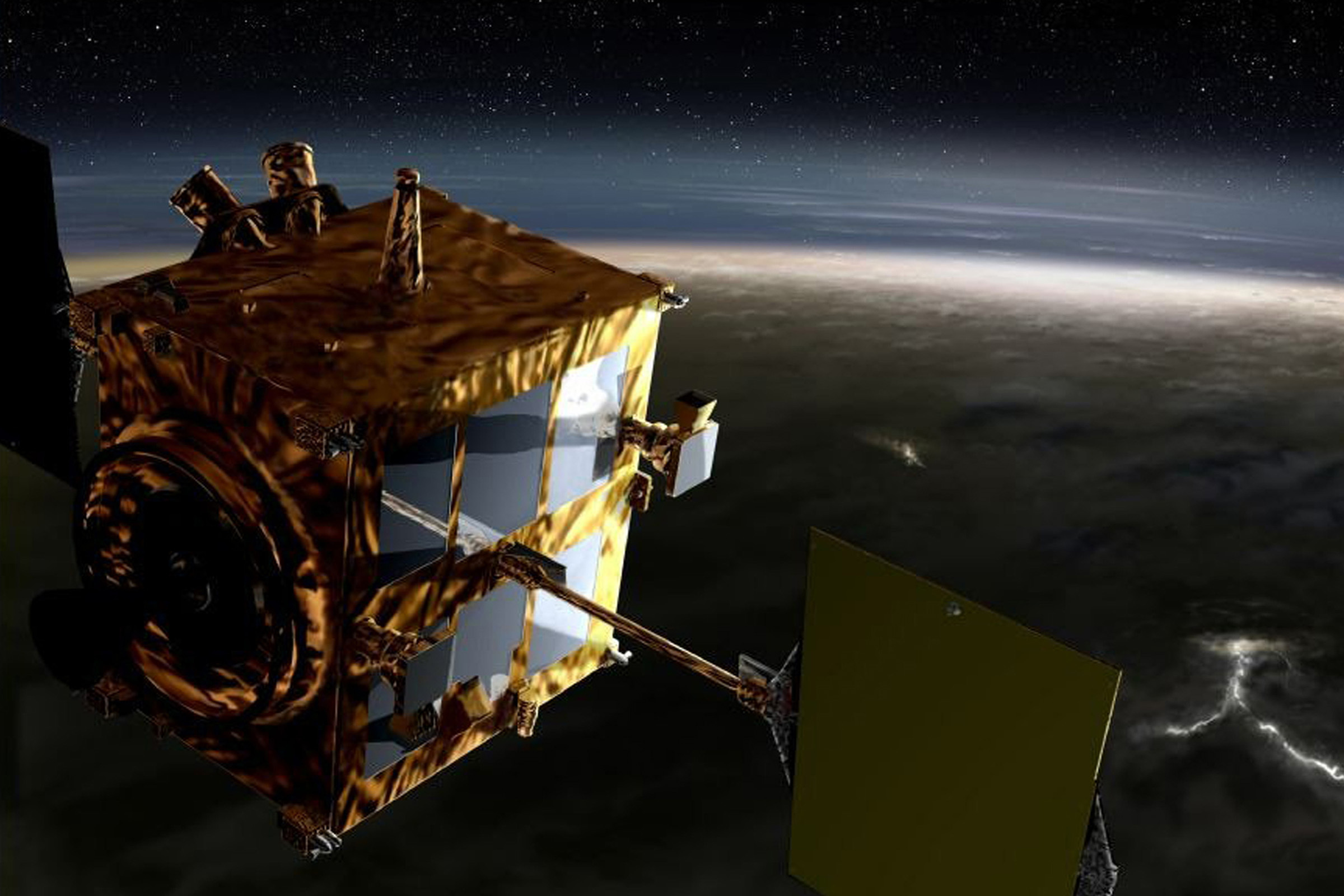The connection between Earth and Venus has come to an end with the official declaration of the Akatsuki spacecraft’s demise. The Japan Aerospace Exploration Agency, or JAXA, announced that operations for the probe are over following a loss of communication in April 2024. After grappling with the unlikelihood of reestablishing contact, JAXA has confirmed that the mission is no longer active.
Launched in 2010, Akatsuki was tasked with studying the weather patterns of Venus, often referred to as Earth’s “hellish neighbor.” The mission faced significant challenges early on, including an engine failure during its initial approach. This setback resulted in a five-year period of drifting around the Sun before JAXA successfully placed it into Venus’ orbit in 2015. The spacecraft, known as the Venus Climate Orbiter, was a compact cube measuring just five feet on each side and carried six instruments to aid in its research.
Despite its rocky start, Akatsuki exceeded its anticipated operational lifespan of 4.5 years. Over the course of its mission, it collected data for more than eight years, contributing to the publication of 178 journal papers. Although two of its infrared cameras ceased functioning in 2016, the four remaining instruments continued to operate until the loss of communication in 2024. This mission marked a significant achievement for Japan, as it represented the country’s first successful exploration of another planet.
JAXA’s Akatsuki has now joined a list of successful missions to Venus, which includes seven other orbiters from various space agencies. According to NASA, these missions comprised four from the USSR, two from the United States, and one from the European Space Agency (ESA). The ESA’s last probe to orbit Venus prior to Akatsuki was the Venus Express, which reached the planet in 2006 and lost contact in 2014.
As the Akatsuki mission concludes, future exploration of Venus remains on the horizon. NASA is preparing for the launch of the DAVINCI mission in 2030, aimed at studying the atmosphere of Venus with plans for a landing. Additionally, the VERITAS mission, scheduled for launch in 2031, will focus on the planet’s surface and interior. The fate of these missions may be uncertain due to ongoing budget considerations affecting NASA.
In parallel, the ESA is planning its own orbital mission, EnVision, set for the 2030s. This mission will aim to observe Venus’s atmosphere, surface, and interior, potentially paving the way for further discoveries.
For now, Earth bids farewell to its connection with Venus through the Akatsuki spacecraft, a testament to human ingenuity and the quest for knowledge beyond our planet.






































































